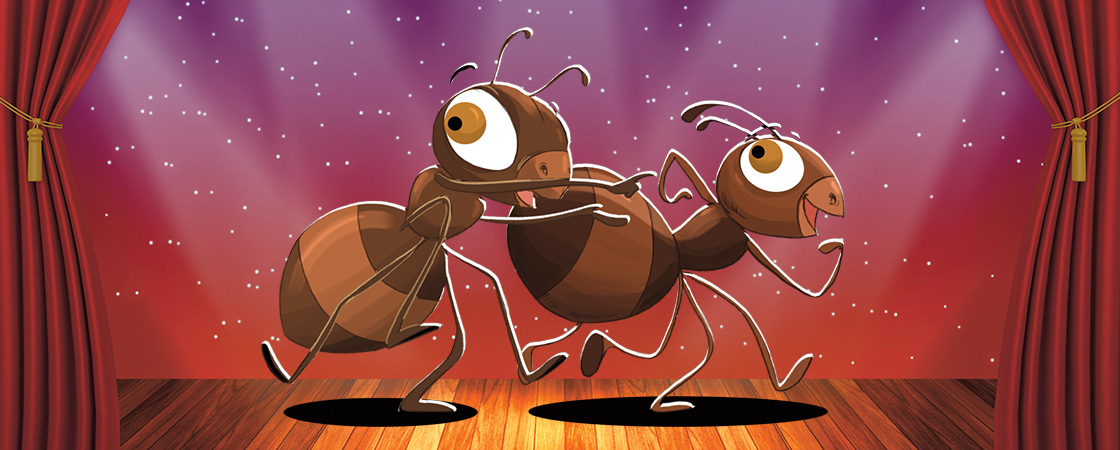- A fable is a short story that teaches a moral, or lesson.
- The characters in fables are often animals that can think and talk like humans.
- These two fables are from a storyteller named Aesop (EE-sahp) who lived in ancient Greece. He is said to have written hundreds of fables.
- Many fables are thousands of years old and have changed over time. But people still love reading, sharing, and acting out these classic tales today.
Did your students love meeting the ant characters in this issue’s plays? Then they’ll love meeting Turtle in “Two Turtle Tales,” two Native American folktales about characters who never back down.

